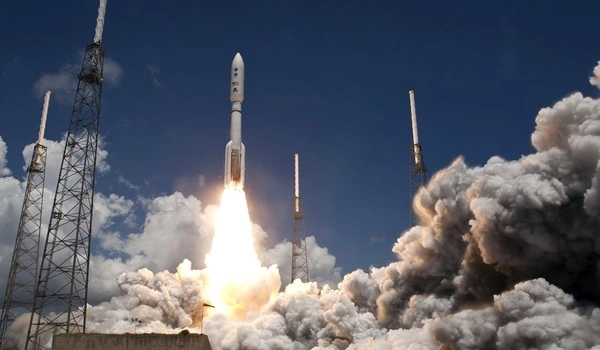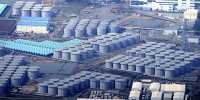Researchers investigated the heat and mass transport and quick mixing of combustion byproducts to determine the possible impact of a rocket launch on air pollution. The scientists simulated the exhaust gases and developing plume at various altitudes along a typical modern-day rocket trajectory. They conducted this as an example of a two-stage rocket transporting people and payloads into Earth’s orbit and beyond, and discovered that the impact on the atmosphere locally and momentarily in the mesosphere can be significant.
Reusable space technology has resulted to an increase in low-cost space transportation, as demonstrated by commercial spaceflights by businesses such as SpaceX and Virgin Galactic. What is unknown is how rocket propulsion emissions cause significant heating and compositional changes in the atmosphere.
Researchers from the University of Nicosia in Cyprus analyzed the potential impact of a rocket launch on atmospheric pollution in Physics of Fluids by researching heat and mass transfer and quick mixing of combustion byproducts at altitudes up to 67 kilometers into the atmosphere.
“Improved understanding of rocket emissions requires modeling and simulation of fluid dynamics of rocket exhaust gases into the atmosphere,” said co-author Dimitris Drikakis.
The scientists simulated the exhaust gases and developing plume at various altitudes along a typical modern-day rocket trajectory. They did this to demonstrate a two-stage rocket capable of transporting people and payloads into Earth’s orbit and beyond.
Improved understanding of rocket emissions requires modeling and simulation of fluid dynamics of rocket exhaust gases into the atmosphere. We show that rocket pollution should not be underestimated because frequent future rocket launches could have a major cumulative effect on the Earth’s climate.
Dimitris Drikakis
“We show that rocket pollution should not be underestimated because frequent future rocket launches could have a major cumulative effect on the Earth’s climate,” co-author Ioannis Kokkinakis stated.
Rocket exhaust is not a gas in space. It’s more like molecular dust, with all of the molecules (CO, CO2, H2O, etc.) on their own diverging paths. To form a ‘gas’ pocket, those molecules must be held together in some way, and there is nothing acting on them to do so. Instead, a multitude of causes, including their own unique momentum, are acting to split them apart.
The Sun emits around a million metric tonnes of solar wind per second. When compared to solar wind, the discharge of a few tonnes per minute from a second stage rocket engine above Earth’s atmosphere is negligible. To hold an atmosphere by its own gravity, a planet like Earth requires a massive mass. There is no force capable of holding such a gas pocket together. The gas would just spread out in the vast open space, and its concentration would be extremely low in comparison to the Solar wind. At Earth’s distance from the Sun, the solar wind is a nearly perfect vacuum.

The researchers discovered that the generation of thermal nitrogen oxides (NOx), components of combustion exhaust, can stay high up to heights with an ambient atmospheric pressure above or even slightly below the nozzles’ exit pressure, i.e., less than 10 km.
Simultaneously, the mass of carbon dioxide emitted by the rocket as it ascends 1 kilometer in the mesosphere is similar to that contained in 26 cubic kilometers of atmospheric air at the same altitude.
They discovered that the impact on the atmosphere can be significant both locally and briefly in the mesosphere. While air currents will progressively move and mix the exhaust CO2 throughout the atmosphere, eventually reducing the CO2 to naturally occurring levels, the time scale over which this occurs is unknown.
According to the experts, a certain number of rocket launches may still remain over which mesospheric carbon dioxide could collect over time, increasing naturally existing levels and altering our climate.
Their findings indicate that, in the worst-case scenario, enough NOx could be produced in the time it takes the rocket to reach a height of 10 kilometers to pollute over 2 cubic kilometers of atmospheric air with NOx concentrations that, according to the World Health Organization, are hazardous to human health.
“We expect that commercial flight firms like SpaceX, Virgin Galactic, and the New Shepard, as well as its associated engine manufacturers, will take these consequences into account in future designs,” Drikakis added.














